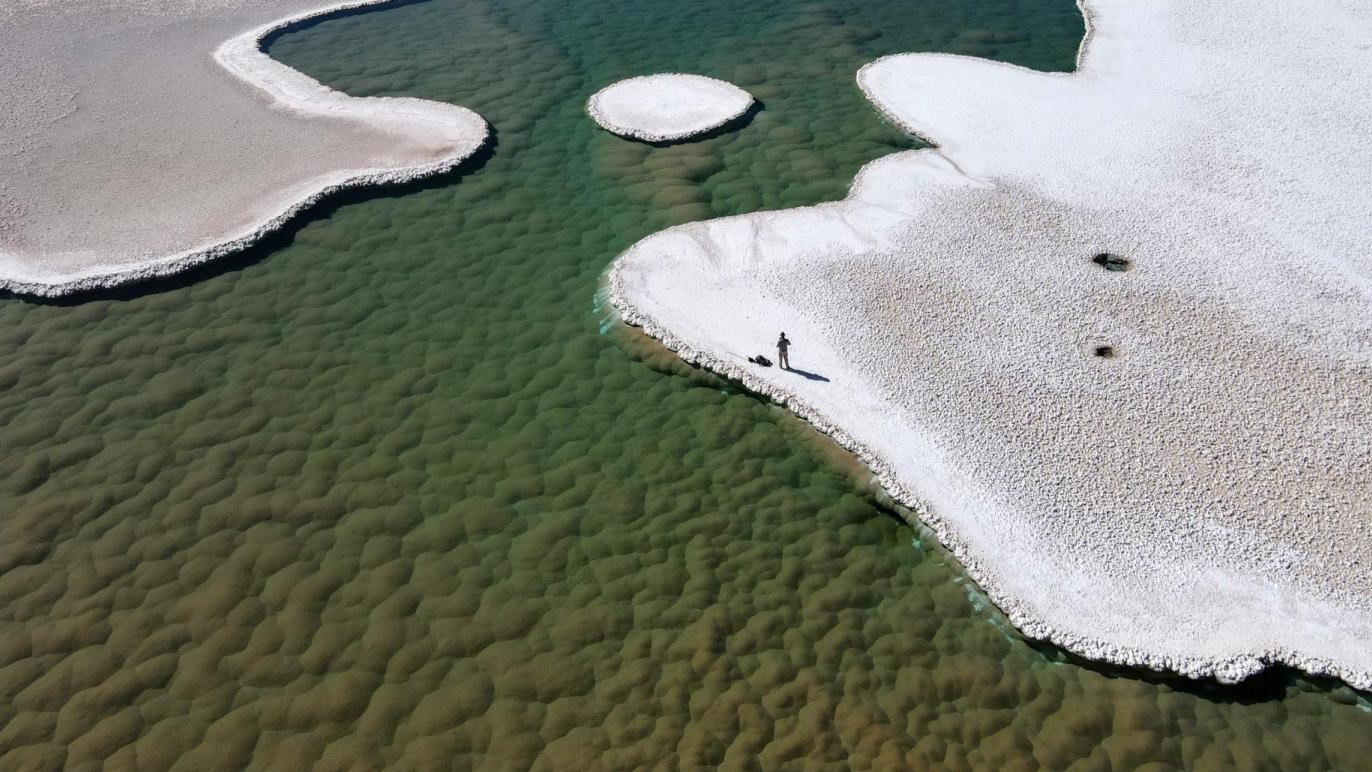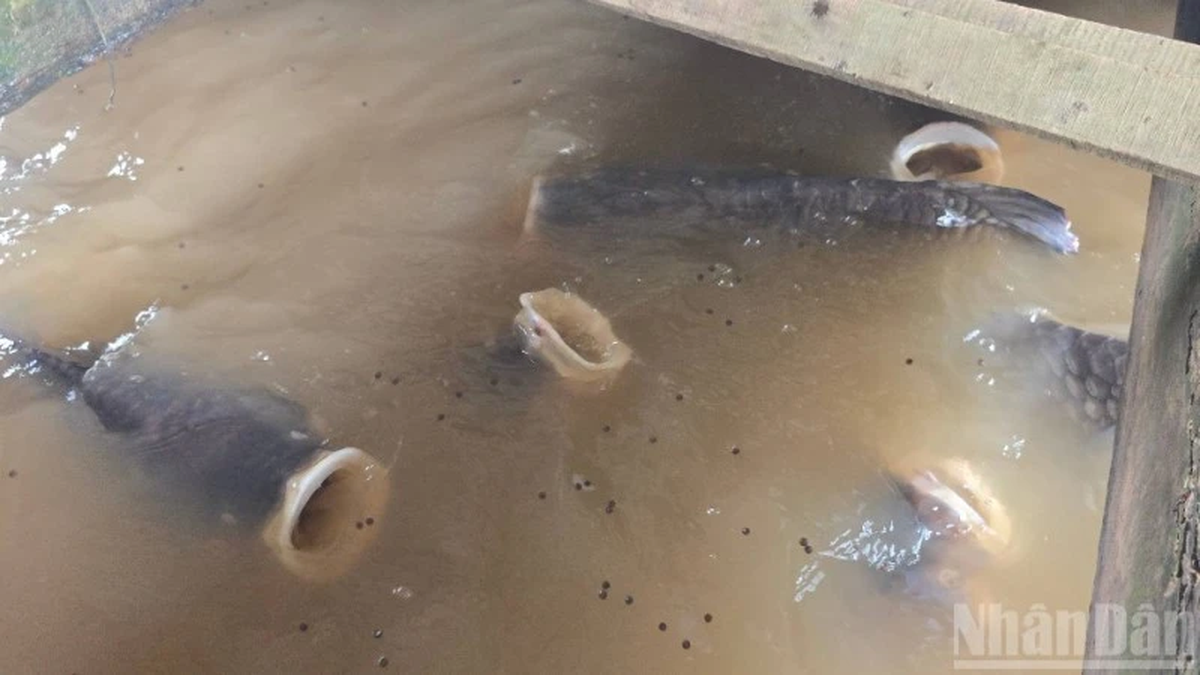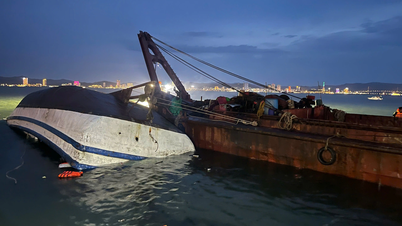
The mysterious and previously unexplored land of the earth
UNIVERSITY OF COLORADO AT BOULDER
Puna de Atacama is a giant plateau at an altitude of more than 3,660 m above sea level on the border of Argentina and Chile. Here, in a world where no roads can lead, a team of researchers from the University of Colorado at Boulder (Colorado, USA) discovered a world "brand new" to science .
This is a strange world , interspersed among the white salt flats of Puna de Atacama is a system of turquoise lagoons and dense communities of bacteria called stromatolites.
Stromatolites are layers of rock formed by the growth of blue-green algae, called cyanobacteria, through photosynthesis, according to CNN on December 17.
The structures at Puna de Atacama are among the oldest ecosystems on Earth, NASA says, representing the earliest fossil evidence of life on Earth, dating back at least 3.5 billion years.
"They're like the oldest macrofossil system on the planet, and they're really an incredibly rare environment in the modern Earth context," CNN quoted professor Brian Hynek of the University of Colorado at Boulder, who photographed and documented the newly discovered ecosystem in Argentina.
"This lagoon system may be one of the best examples of the first signs of life on Earth," said Professor Hynek, confirming "the ecosystem is unlike anything else that I, or any other scientist, have ever seen."
The new discovery also provides clues that allow scientists to visualize the desert environment on Mars in the past.
"If life ever evolved on Mars to the fossil level, it would look like this," said Professor Hynek.
Source link




























![[Photo] National Assembly Chairman Tran Thanh Man visits Vietnamese Heroic Mother Ta Thi Tran](https://vphoto.vietnam.vn/thumb/1200x675/vietnam/resource/IMAGE/2025/7/20/765c0bd057dd44ad83ab89fe0255b783)






































































Comment (0)